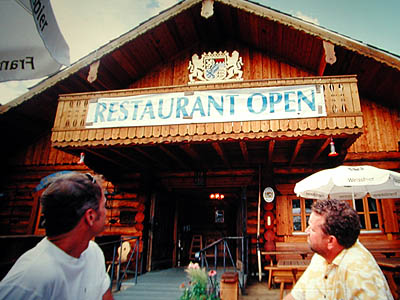Flucht, Vertreibung, Integration ist der Titel einer Wechselausstellung im Haus der Geschichte in Bonn, die noch bis zum 17. April 2006 zu sehen ist.
“Zwischen 60 und 80 Millionen Menschen müssen in der ersten Hälfte des 20. Jahrhunderts allein in Europa ihre Heimat verlassen. Durch den vom nationalsozialistischen Deutschland entfesselten Zweiten Weltkrieg erreichen Flucht und Vertreibung eine neue, erschreckende Dimension. Die Deutschen sind mit bis zu 14 Millionen Flüchtlingen und Vertriebenen am stärksten betroffen. Ihre Eingliederung stellt Nachkriegsdeutschland vor eine große Herausforderung, ihr Schicksal ist Thema bis in die Gegenwart.
Die Wechselausstellung beschreibt nicht nur das unmittelbare Geschehen von Flucht und Vertreibung, sondern auch den vielfältigen Eingliederungsprozess der Menschen in der Bundesrepublik und der DDR.”
In der Zeit ist diese Woche auch ein Artikel zur Ausstellung zu finden: Heimat: Ein deutscher Abschied. “Wie der Vertreibung aus dem Osten gedenken? Ohne Selbstmitleid. Eine Ausstellung im Bonner Haus der Geschichte.” Von Jörg Lau.
Die Ausstellung werde ich mir sicherlich ansehen, wahrscheinlich aber erst nach Weihnachten, wenn der Schulstress nachlässt. Ich war schon sehr oft im Haus der Geschichte, aber das Museum ist immer wieder einen Besuch wert: Zum einen wird die Dauerausstellung ständig ergänzt und aktualisiert, zum anderen sind die Wechsel- oder Wanderausstellungen häufig sehenswert, und zum letzten ist der Eintritt frei.

